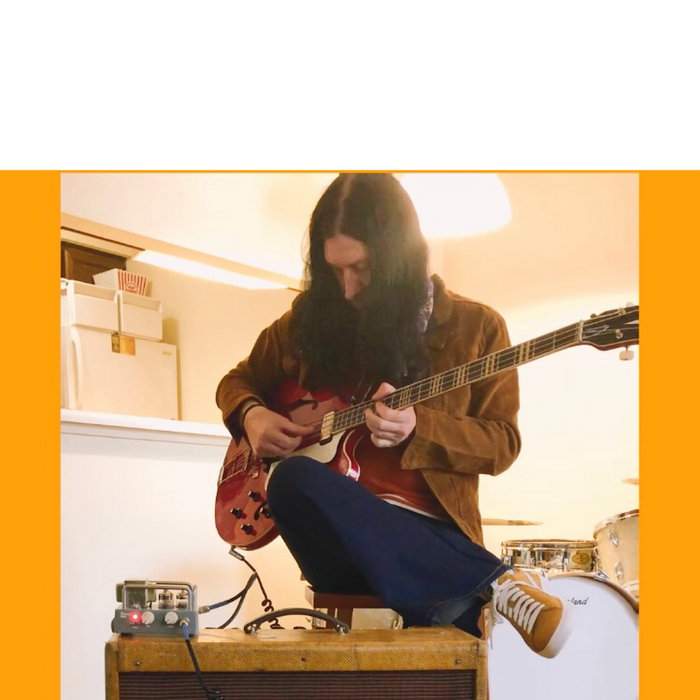
Sunny Afternoon Jam – Jeffery Scott Greer
this blog is GROOVY – check out great Soul, Funk, Jazz, Hip Hop, Bass, Breaks , Reggae, House n many more TUNES
Hey there, fellow music lover! Let’s take a delightful trip down the rabbit hole of psych rock—a genre that twists and turns like a trippy kaleidoscope. Grab your paisley shirt, roll up those bell-bottoms, and let’s vibe through the colorful history of this mind-bending musical movement!
Psych rock (or psychedelic rock) emerged in the mid-1960s as musicians began experimenting with sound to mimic or enhance the experience of altered states of consciousness. Think jangly guitars, dreamy vocals, and wild studio effects—basically music that feels like a cosmic journey.
The seeds were sown in the fertile ground of rock ‘n’ roll’s earlier styles. The British Invasion was underway when bands like The Beatles started dabbling with techniques beyond plain ol’ three-chord tunes. Songs like “Tomorrow Never Knows” feature tape loops and backward guitar riffs—it was as if they threw conventional song structure out the window while tuning into their inner hippie.
On this side of the pond, American bands began mixing surf rock vibes with experimental sounds. Enter The Beach Boys, who painted sunny rhythms layered with lush harmonies on tracks like “Good Vibrations.” That said; everything changed when some mystic elements wove their way into mainstream consciousness.
As flower power bloomed brightly, so did psych rock! Groups like Pink Floyd, The Doors, and Jefferson Airplane brought stunning visuals to both audio experiences and live shows—think swirling lights projected on walls while you lose yourself to sonic waves.
Imagine this: Roger Waters once spent hours trying to figure out how many clocks he could fit in one room for an album cover shoot! That led them toward using abstract imagery that would pave new paths for future artists everywhere. And let’s not forget about Syd Barrett—the band’s founding member whose whimsical personality added loads of magic… until it didn’t; his descent into mental health struggles became part legend/part tragedy.
Now let me tell you about Jimi Hendrix—a true master who played his guitar upside down because he was left-handed! This dude created sounds nobody thought possible during songs like “Purple Haze” while also engaging audiences by setting his instruments ablaze on stage! Just imagine what security must’ve felt witnessing such pyrotechnics!
Ahh yes, then we have Jim Morrison—the Lizard King himself—a poet-philosopher wrapped in leather pants serenading crowds under starlit skies. His lyrics explored obscure themes but oddly enough made everyone feel something united through disillusionment…and incense smoke wafting from every corner!
By the early 1970s, psych rock started blending with other genres. Bands experimented more freely while spurring innovations that would pave pathways for progressive rock too!
Tame Impala, a modern spin on these groovy roots has injected life back into classic sounds featuring swirling layers akin to vinyl records spinning under fluorescent lights at art galleries (Yeah baby!). But guess what? Kevin Parker (the man behind Tame Impala) recorded most parts solo… including drumbeats via couch cushions – now that is ingenuity right there!
Frank Zappa loved bizarre humor almost as much as music—one time he suggested recording an entire album filled only with nasal breathing!
During his stint with Captain Beefheart’s Magic Band™, they reportedly spent weeks working through complex songs only for Beefheart to go half-crazy yelling at everyone “Are we playing jazz yet?!”
Speaking about oddities – some believe Brian Wilson went surfing WITH dolphins—in spirit… well maybe not literally…but wouldn’t it be rad if he did?
Notorious prankster Keith Moon famously destroyed hotel rooms AND rented bulldozers just because why not? Talk about making memories on tour!
Did you know members from Grateful Dead used fake names when checking into hotels? One called himself “Bobby Blue Jacket.” You can’t make this stuff up folks!
Fast-forward decades later—all those groovy vibrations still resonate widely across genres ranging from indie pop acts straight onto electronic/electro-infusions today creating spacey waves we relish hearing anew daily.
And hey speaking directly here—it isn’t rare catching snippets inspired by old-school legends weaving seamlessly throughout newer ones fusing traditions together effortlessly causing euphoria amongst devoted fans around globe yayyy!!
So whether you’re wandering between Vinyl Alley or scrolling Spotify playlists filled #goodvibesonly remember THIS tween-age psychedelic odyssey continues sprawling endlessly providing soul-food nourishing hearts far beyond yearnings imagined…
Keep chasing those grooves my friends—and don’t forget your shades—you’re gonna need ‘em 😉✌️🌈

Sunny Afternoon Jam – Jeffery Scott Greer